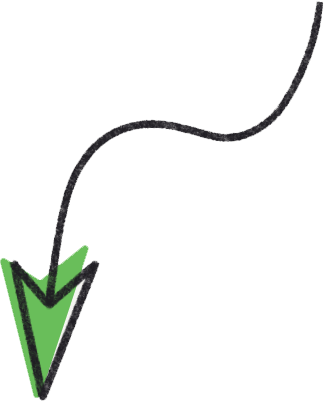Where did you play when you were small?
Written by Pop-Up Adventure Play
Pop-up Adventure Play talks about the benefits of everyday materials for children’s play in public space
That’s a question we’ve asked folks all around the world, who often smile and tell us about a little place in their grandmother’s garden, or the swings where everyone would meet, or a small river that ran alongside some woods. These are often places that adults would never notice, but which hummed with magic nonetheless. Most importantly, these places were right on the children’s doorsteps, behind the houses or in public space. These places were free, accessible. They were ordinary, in the best possible way.
Today's barriers to children's play are severe and complex. It’s easy to think that such enormous problems need big solutions, but if we want children to be able to play every day of their lives, we look at the world as they do. That sense of curiosity and opportunism can show us cracks and corners where play might be encouraged, accommodated, invited. This process doesn't have to wait for laws to change or funding streams to unblock. Anyone can start today.
Since 2010, we've been promoting an idea known as the Pop-Up Adventure Playground. It's an introductory model for loose parts play, bringing together ordinary materials for children's play in public space. There are hundreds of independent organisers all around the world, in cities and villages, supporting children's play in parks and parking lots, children's museums, hospitals, art galleries, farmer's markets and church halls.
Pop-Up Adventure Playgrounds are free, can be any size, and have drawn crowds as small as a few kids or thousands. Every time, new organisers tell us that they had conversations with their neighbours, that they were astonished by everything the children created, and that they had fun.
Community is an easy word but living together is complicated. Locating play at the heart of our communities shows that we care about our children, all children, at their most child-like. Creating visible opportunities for play helps remind people of all ages to play, by making public space a little bit brighter and more strange. Play is inherently attractive, and inviting, and organisers generally find they finish the day with more friends than they started with.
You don't have to host a whole event to get started. Bringing out sidewalk chalk can be a simple way to invite passers-by to skip through hopscotch or leap over the lava, and a few cardboard boxes can expand and increase the playing. We've seen folks start with this and slowly build community around these ideas, growing towards initiatives at their local school or across the whole community.
Bringing loose parts into public space can enrich and expand our sense of what community is, guided by the needs and enthusiasms of our smallest citizens. Children are our most sociable neighbors, viewing the world with open-minded curiosity and a sense of adventure. Children's play can literally rejuvenate our communities’ spaces and reinvigorate our connections to one another. When we give children the space and time to play in public, they can inspire the same qualities in us and remind us how much fun the world can be.
More information about Pop-Up Adventure Play









